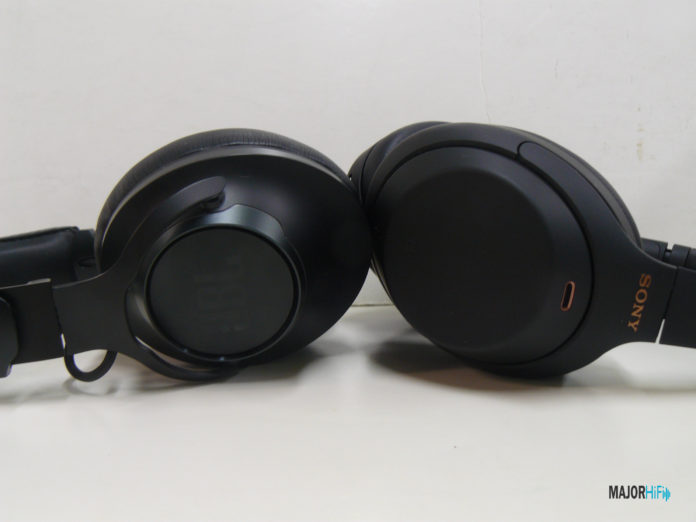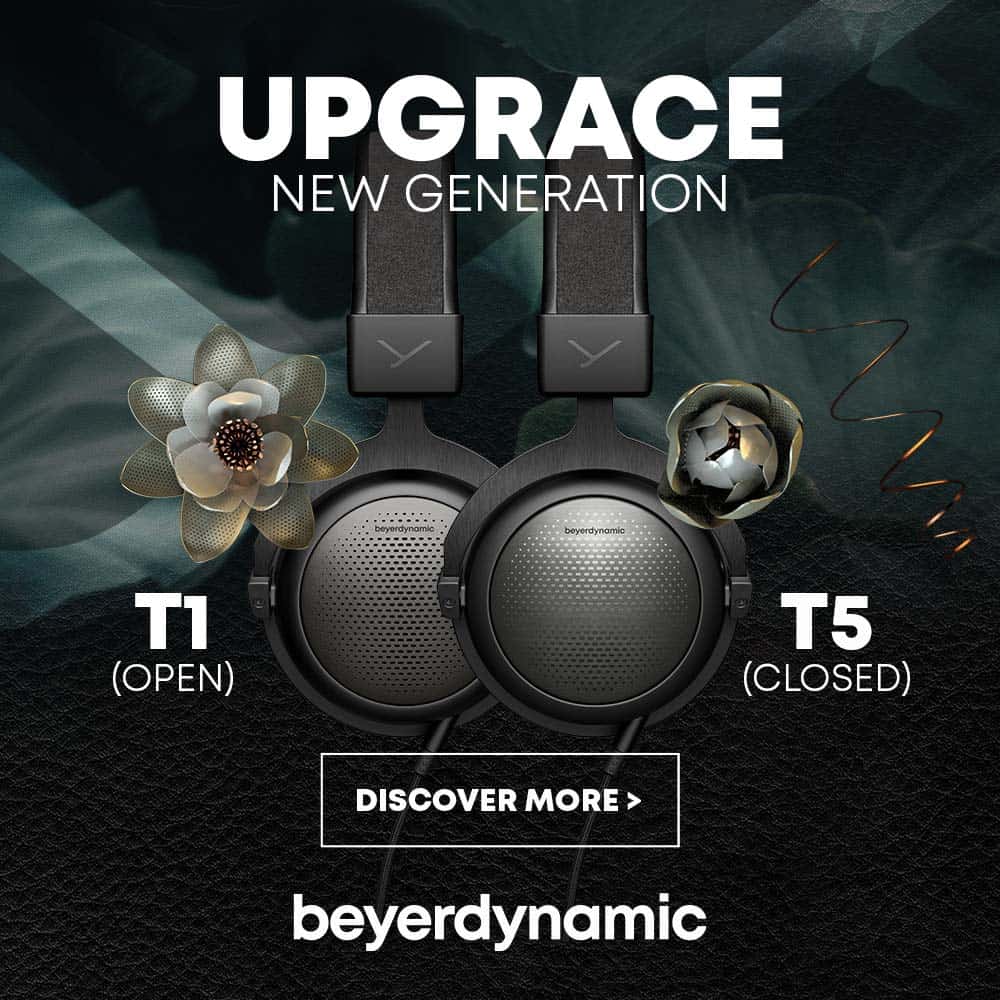Sony and JBL are two of the most well-known manufacturers in the world today, and they both currently have popular wireless headphones for around the same price. The WH-1000XM4 and JBL Club One are Bluetooth headphones with noise-canceling and many other features that are now a standard for these products.
I have reviewed both of these products in the past, and have had a lot to say about them. Especially when reviewing the Club One, the XM4 was in my mind quite a bit, and thought a proper comparison review was in order. I’ve always held a mixed impression of the XM4 when it comes to sound quality, but their advancements in noise-canceling are unlike anything on the market today. JBL has a weird reputation with some people, where the relative cheapness of some of their products can seem offputting. So let’s see how well they work against each other.
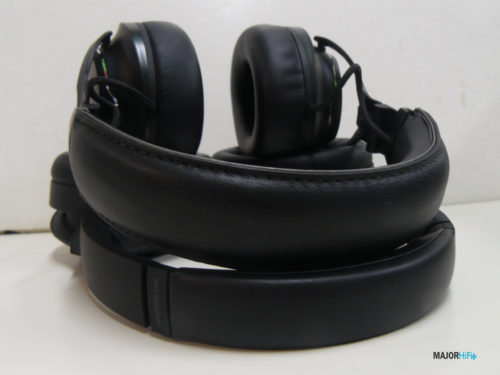
Look and Feel
When placed side by side, both headphones almost look similar aside from JBL’s need for their big bulky logo on all their products. However, there’s a clear distinction when it comes to the quality of the build. Sony has carried over an identical look from the XM3 to the XM4. The same can’t be said about the Club One, as JBL makes a serious effort in not only bringing forth a more sophisticated aesthetic, but a more durable one as well. It uses a combination of hard plastic and metal framework that sculpts a rather classy design for JBL. In comparison, the XM4 appears toy-like, and not as elegant.
The fit here is what’s going to be the make or break aspect for this section though, and it is much harder to actually decide which headphone is superior. The XM4 definitely possesses a lighter feel compared to the Club One’s heavier stature, but the weight isn’t something I take issue with. When wearing one after the other, O didn’t feel a strong difference in fit at all. Both models should feel secure and support long hours of listening with minimal fatigue.
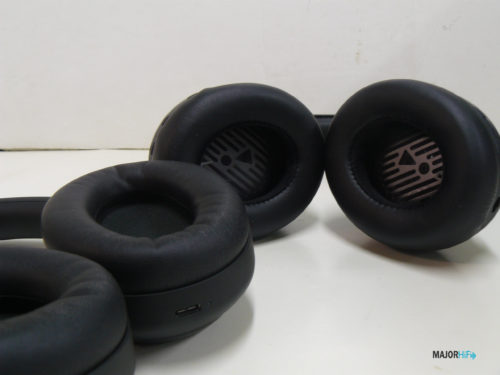
Design and Functionality
The pendulum accurately shifts into Sony’s favor here, as when it comes to the sheer amount of technology hiding inside these headphones no one else comes close. The Club One makes a good effort though, sporting a 40mm driver unit and dual aux inputs. You also get a wealth of features as well with the “My JBL Headphones” companion app. Here you can toggle between different ambient modes and EQ. While these features are well and good, this is Sony’s wheelhouse, and they load the XM4 with a larger variety of components.
Their driver uses a neodymium magnet with an aluminum-coated diaphragm, giving the system more potential. Sony also has a companion app that allows for even more options, like 360 audio, adaptive sound control, and more complex EQ. The circuitry design in the XM4 is also far superior to the Club One, with its digital sound enhancement engine, and QN1 noise-canceling algorithm that has broken so much ground in the industry. JBL puts their best foot forward, but it’s still no match to Sony’s superior technology.
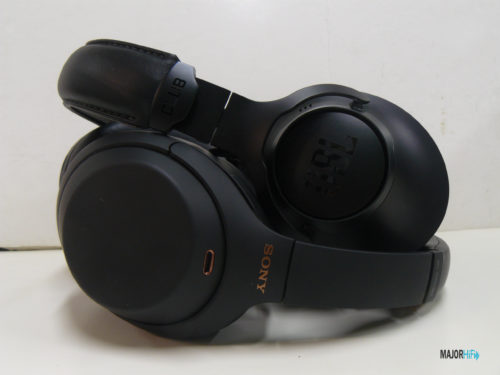
Bluetooth
Both headphones support the latest Bluetooth 5.0 and feature multipoint connections. I found that the XM4 has a significantly better range and bandwidth quality. Sony also sports a larger variety of CODECs like LDAC that showcase a higher streaming quality.
Battery Life
In my reviews, I applauded both the XM4 and the Club One for their great battery life. In total, the Club One actually features a stronger playtime at 40 hours compared to the XM4’s 38. However, you do get more hours of ANC off the XM4 at 30 compared to the Club One’s 25. At the end of the day, both headphones bring forth many hours of use, getting you through long trips and a few days of commute.
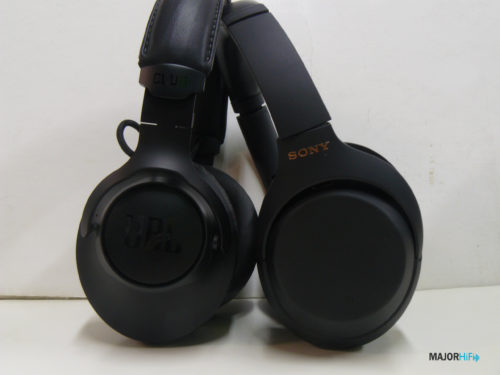
Soundstage
This is the main event of both headphones, the make or break for which one you buy. Although some might just be sold on the XM4’s vastly superior noise-canceling technology, nothing is a more deciding factor for a pair of headphones than the sound signature. In this aspect, the XM4 isn’t going to be the right headphone here, at least when it comes to the soundstage. JBL also isn’t going to be the most open, but I thought that the Club One made an effort into sounding accurate and distinct. Separation isn’t exactly present in either model, but the Club One has much more definitive positioning. In comparison, the XM4 appears too boxy in its imaging, while the Club One presents a much grander and clearer sense of space.
Low End
Everyone like a wireless headphone with good bass. Each of these headphones has an EQ on their respective companion apps, so if you don’t think you’re getting enough, it can be adjusted. When analyzing their natural timbre, a few things stick out. The XM4 bolsters some impactful bass, with a boomy tonality and nice textures. However, the Club One has a similar response, just with a much tighter and focused response. With the XM4, the low-end resonance can be all over the place at times and can muddy the timbre, but JBL keeps things smooth while sticking to their punch.
Mids
One of the biggest surprises for me when I first listened to the JBL was how present the midrange was. They have a flatter, more neutral timbre, which made them fit for the Club One’s EQ. In comparison, the XM4 is a lot more recessed and v-shaped, so much that it muffles the response in a way. It has an effect that makes the low-mids even more aggressive and rumbly, but it sacrifices a lot of the fidelity, which the Club One doesn’t do.
Highs
This is where the Club One really won me over. Its highs aren’t for everyone, but it possessed a lot of the crispness I like in my treble. The XM4 feels very limited in comparison, rolling off a lot of the higher frequencies. In effect, this subtracts from the fullness and height of the XM4, even when they can be boosted using EQ. In direct contrast, the Club One offers some nice detail and resonance for a sweeter timbre, but if you don’t like piercing treble you may prefer the XM4.
Summary
There’s a clear distinction between what benefits you get in both headphoned. The XM4 will deliver more features and a much greater level of noise-canceling, while the Club One sports a bigger battery life and a much more playful sound signature. For some, the superior noise-canceling will be enough, but if you’re basing your purchase on sound quality, it’s the Club One for me.
The Sony WH-1000XM4 and JBL Club One are available at Audio 46.
Also, check out our review on Strauss and Wagner’s noise-canceling headphones.
Discuss which headphones you prefer on our forums here.
Compare the ranking of various headphones, earbuds and in-ear monitors using our tools.
Discuss this, and much more, over on our forum.
---MAJORHIFI may receive commissions from retail offers.


